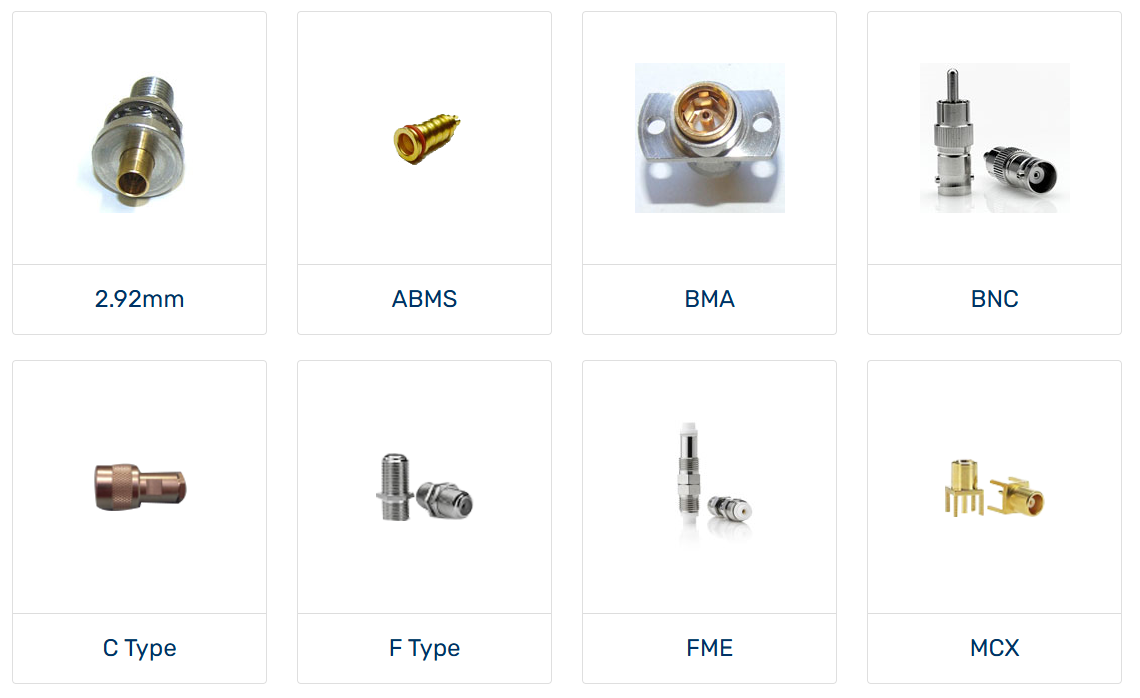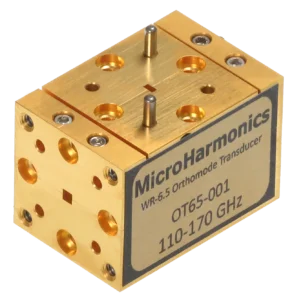When it comes to designing, testing, or troubleshooting radio frequency (RF) systems, two critical parameters that often come into play are VSWR (Voltage Standing Wave Ratio) and Return Loss. While they are related to the same phenomenon—signal reflection—they represent it in different ways. For anyone working with RF systems, whether in telecommunications, broadcasting, or antenna design, it’s essential to understand both concepts and how they relate to one another.
In this blog, we will break down VSWR and Return Loss, explain their significance, and discuss their relationship, helping you understand their roles in ensuring the efficiency and performance of RF systems.
1. What is VSWR?
VSWR stands for Voltage Standing Wave Ratio and is a measure of how much power is reflected back from a transmission line. It gives an indication of how well the impedance of the source (e.g., transmitter) matches the impedance of the load (e.g., antenna or receiver).
In an ideal system, the impedance of the transmission line and the load are perfectly matched, resulting in minimal reflection of the signal. However, if there’s a mismatch, some of the signal gets reflected back toward the source, and this is quantified by the VSWR.
Formula for VSWR:
The relationship between VSWR and the reflection coefficient (Γ) is given by the formula: VSWR=1+∣Γ∣1−∣Γ∣VSWR = \frac{1 + |\Gamma|}{1 – |\Gamma|}
Where:
- Γ is the reflection coefficient, which is a measure of the ratio of the reflected signal to the incident signal.
The value of VSWR ranges from 1:1 to infinity:
- A VSWR of 1:1 indicates perfect impedance matching with no reflected power.
- A VSWR greater than 1 indicates some level of reflection, with higher values corresponding to worse impedance mismatches.
In practical terms, a VSWR of 1.5:1 is typically considered good, while a VSWR of 2:1 is often acceptable in many applications.
2. What is Return Loss?
Return Loss is another way of expressing the amount of signal reflection in a system. It is directly related to the reflection coefficient (Γ) and provides a measure of how much power is lost due to impedance mismatch. In other words, it tells you how much of the transmitted signal is “lost” due to reflections, with higher return loss indicating less reflection.
Return Loss is measured in decibels (dB) and is calculated using the following formula: ReturnLoss(dB)=−20×log10∣Γ∣Return Loss (dB) = -20 \times \log_{10}|\Gamma|
Where Γ is the reflection coefficient.
Interpreting Return Loss:
- A higher return loss indicates less reflected power and, therefore, better impedance matching.
- A lower return loss (or more negative value) indicates that more power is being reflected, implying poorer matching.
For example:
- A Return Loss of 20 dB means that only 1% of the signal is reflected, and 99% is transmitted correctly.
- A Return Loss of 10 dB indicates a reflection of approximately 10% of the signal.
3. VSWR vs. Return Loss: What’s the Difference?
Both VSWR and Return Loss measure the same underlying phenomenon—the amount of signal reflection due to impedance mismatch—but they do so in different ways:
- VSWR is a ratio, representing the relationship between the maximum and minimum voltages along the transmission line due to reflections.
- Return Loss is expressed in dB and measures the magnitude of the reflected power.
While both parameters indicate the efficiency of the power transmission, they provide different perspectives on the same issue.
Conversion Between VSWR and Return Loss:
Given the mathematical relationship between VSWR and the reflection coefficient, you can convert one to the other. For instance, if you know the VSWR, you can calculate the return loss, and vice versa. Here’s the conversion process:
- From VSWR to Reflection Coefficient (Γ): Γ=VSWR−1VSWR+1\Gamma = \frac{VSWR – 1}{VSWR + 1}
- From Reflection Coefficient (Γ) to Return Loss: ReturnLoss(dB)=−20×log10(Γ)Return Loss (dB) = -20 \times \log_{10}(\Gamma)
Alternatively, you can reverse the process to find the VSWR from the return loss.
4. Why Are VSWR and Return Loss Important?
Both VSWR and Return Loss are critical parameters for RF systems, as they directly influence the signal integrity and overall system performance. Let’s look at why each is important:
VSWR:
- Impedance Matching: A low VSWR indicates good impedance matching, meaning that the power from the transmitter is being effectively delivered to the antenna or load without excessive reflection. High VSWR values indicate poor impedance matching, leading to wasted power and potential damage to the transmitter.
- Signal Efficiency: A low VSWR means that most of the transmitted power is reaching the load, ensuring more efficient signal transfer.
- Minimizing Interference: A high VSWR may cause unwanted interference due to reflections, leading to potential issues with signal quality and range.
Return Loss:
- Signal Quality: A higher return loss signifies that less power is being reflected, which is desirable for maintaining the quality of the transmitted signal.
- System Diagnostics: Return Loss is often used in system diagnostics to check for issues like mismatched cables, faulty connectors, or improper antenna tuning. A sudden drop in return loss can signal a malfunction or deterioration in system components.
- Reducing Losses: Minimizing return loss ensures that most of the transmitted power is being delivered to the intended destination, improving overall system efficiency.
5. Practical Examples: When to Use VSWR and Return Loss
In practical terms, the choice between using VSWR or Return Loss depends on the context:
- VSWR is often used in field testing, antenna systems, and transmission lines because it’s easy to calculate and provides a quick visual indication of impedance matching.
- Return Loss is more commonly used in laboratory settings, network analyzers, and specifications for RF components. Its dB scale makes it a more precise measure for engineers concerned with minimizing reflection loss in high-performance systems.
6. Best Practices for Optimizing VSWR and Return Loss
To optimize both VSWR and Return Loss in your RF system, follow these best practices:
- Ensure Proper Impedance Matching: Always ensure that the impedance of the transmitter, transmission line, and load are correctly matched to minimize reflections.
- Use Quality Components: High-quality cables, connectors, and antennas contribute to lower VSWR and better Return Loss performance.
- Regular Testing: Continuously monitor and test your RF system for changes in VSWR and Return Loss, especially if performance degrades or after making system adjustments.
- Proper Installation: Carefully install all components, as poor installation or damage to cables and connectors can lead to higher reflection and inefficient performance.
7. Conclusion
In summary, VSWR and Return Loss are two sides of the same coin—they both measure signal reflection caused by impedance mismatches but in different formats. VSWR gives a ratio of voltage reflections, while Return Loss provides a dB measure of reflected power. Understanding both is crucial for designing efficient RF systems, reducing signal loss, and ensuring the optimal performance of communication networks and devices.
By carefully managing these parameters and ensuring proper impedance matching, you can maintain the integrity of your RF signals and improve the overall reliability and efficiency of your systems.



